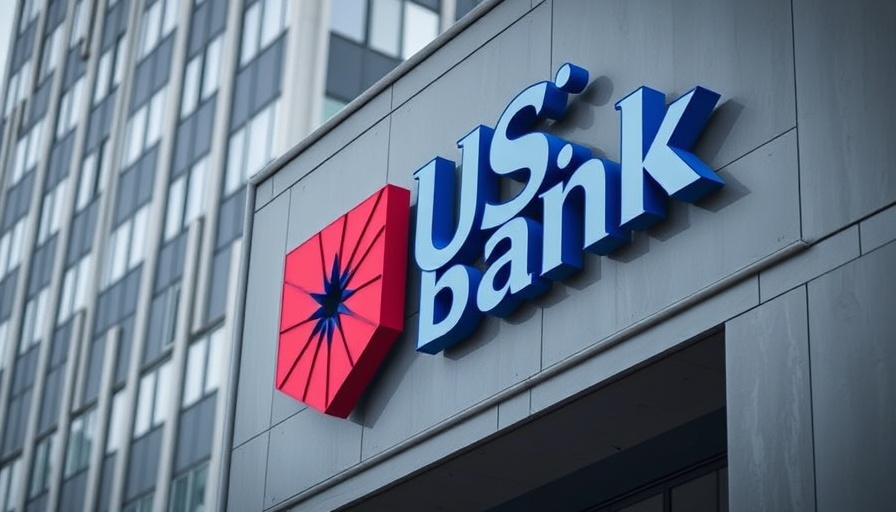
Why U.S. Bank’s 27.3% Drop in Indirect Loan Originations Matters
The recent announcement from U.S. Bank revealing a 27.3% decline in indirect loan and lease originations may set ripples throughout the auto financing landscape. As dealerships brace for change, understanding the implications of this shift is crucial for dealership principals, GMs, and Fixed Ops Directors alike.
Understanding the Decline: What It Means for Dealerships
In the world of auto finance, indirect loans represent a significant portion of consumer automotive borrowing. This drastic decline in originations isn’t just a number; it indicates a tightening market where fewer consumers are securing loans through dealerships. This trend can affect inventory turnover and ultimately impact sales. Dealerships may need to reconsider their financing strategies and partnerships to adapt to this change.
Historical Context: Shifts in Auto Financing
The auto financing sector has witnessed various ups and downs over the years. It’s important to consider how past economic conditions impacted financing behaviors. For instance, after previous market downturns, lenders adjusted their lending criteria, which could be a potential factor influencing U.S. Bank’s numbers now. Dealerships that remember these patterns can utilize their experience to navigate current uncertainties.
Social Connection: Why This Matters to Consumers
For buyers, the authority of lenders like U.S. Bank in the financing market plays a pivotal role in their purchasing decisions. A decline in loan availability can lead to fewer buyer options and, consequently, a slowdown in sales. Dealerships need to address consumer hesitancy head-on, perhaps by enhancing their in-house financing capabilities or turning to alternative lenders to fill the gap left by big banks.
Future Predictions: A Shifting Landscape Ahead
As we look forward, what does this decline signify for the future of auto loans? Many analysts suggest that the market will see a surge in non-traditional financing methods, including digital platforms capable of pairing buyers with lenders more efficiently. Dealerships that adapt to these trends could well position themselves at the forefront of the industry.
Actionable Insights: Adapting to the New Norm
As U.S. Bank and others reassess their risk portfolios, dealerships should consider a two-pronged approach. First, enhancing training programs for sales teams to increase awareness of financing options will empower consumers in their buying journeys. Secondly, exploring new partnerships with fintech solutions could help fill the void left by traditional banks, providing alternative pathways for financing.
For dealership operators, this juncture offers an opportunity to reflect and innovate. They might explore and incorporate automotive training centers that specialize in financing discussions to empower their staff. Upskilling in automotive sales training is essential as sales tactics must adapt to a more cautious lending environment.
Conclusion: Taking Proactive Steps
In light of U.S. Bank’s significant loan origination decline, it’s clear that dealerships must brace for a period of adaptation. Understanding market shifts, enhancing sales training, and exploring innovative financing solutions are critical steps forward. For those positioned to embrace these changes, there lies an opportunity to not just survive but thrive in a competitive automotive marketplace.
As the landscape of automotive financing evolves, it's time for dealership leaders to evaluate their strategies and be proactive. Are you prepared to adapt your approach? Join the conversation about the future of auto financing and leverage every available resource to ensure your dealership meets the challenges ahead.
 Add Row
Add Row  Add
Add 




Write A Comment